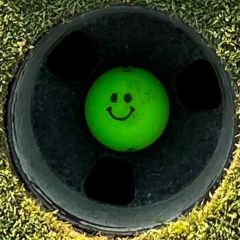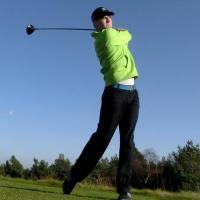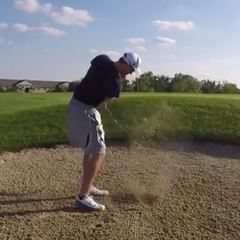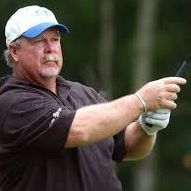IGNORED
Why a Shaft That Points At the Top or Outside the Ball on the Downswing is "On Plane"
Note: This thread is 3494 days old. We appreciate that you found this thread instead of starting a new one, but if you plan to post here please make sure it's still relevant. If not, please start a new topic. Thank you!
-
Topics Being Discussed Right Now on The Sand Trap
-
"5 Minutes Daily" Practice Challenge 1 2 3 4 846
By iacas, in Instruction and Playing Tips
- 5 minutes daily
- dedication
- (and 6 more)
- 15,227 replies
- 922,659 views
-
- 15 replies
- 409 views
-
- 6,771 replies
- 270,428 views
-
- 3,496 replies
- 350,392 views
-
- 162 replies
- 20,177 views
-











Recommended Posts
Create an account or sign in to comment
You need to be a member in order to leave a comment
Create an account
Sign up for a new account in our community. It's easy!
Register a new accountSign in
Already have an account? Sign in here.
Sign In Now